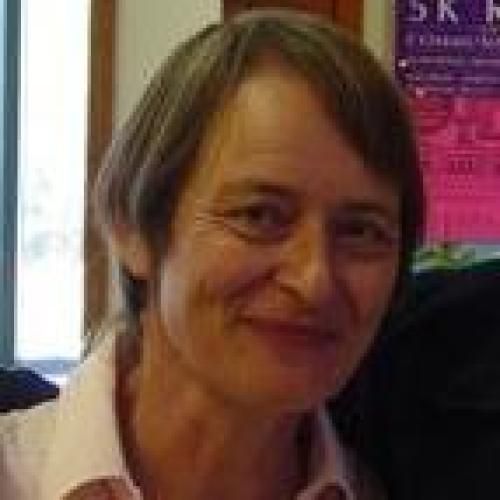
REFIGURING BODIES
The matter/form distinction is refigured in terms of the distinction between substance and accident and between a God-given soul and a mortal, lustful, sinful carnality. Within the Christian tradition, the separation of mind and body was correlated with the distinction between what is immortal and what is mortal. The body has been regarded as a source of interference in, and a danger to, the operations of reason. The humanities reduce the body to a fundamental continuity with brute, inorganic matter. For Locke and the liberal political tradition more generally, the body is seen as a possession, a property of a subject, who is thereby dissociated from carnality and makes decisions and choices about how to dispose of the body ad its powers. Some models, including Descartes’, construe the body as a self-moving automaton, much like a clock, car, or ship according to the prevailing modes of technology.
Duke Scholars
DOI
ISBN
Publication Date
Start / End Page
Citation


